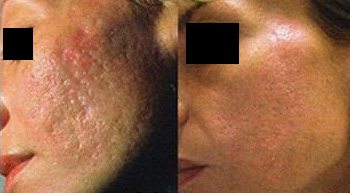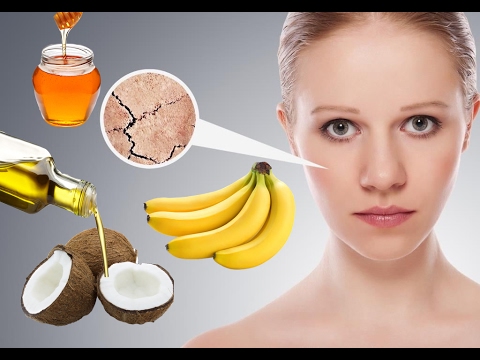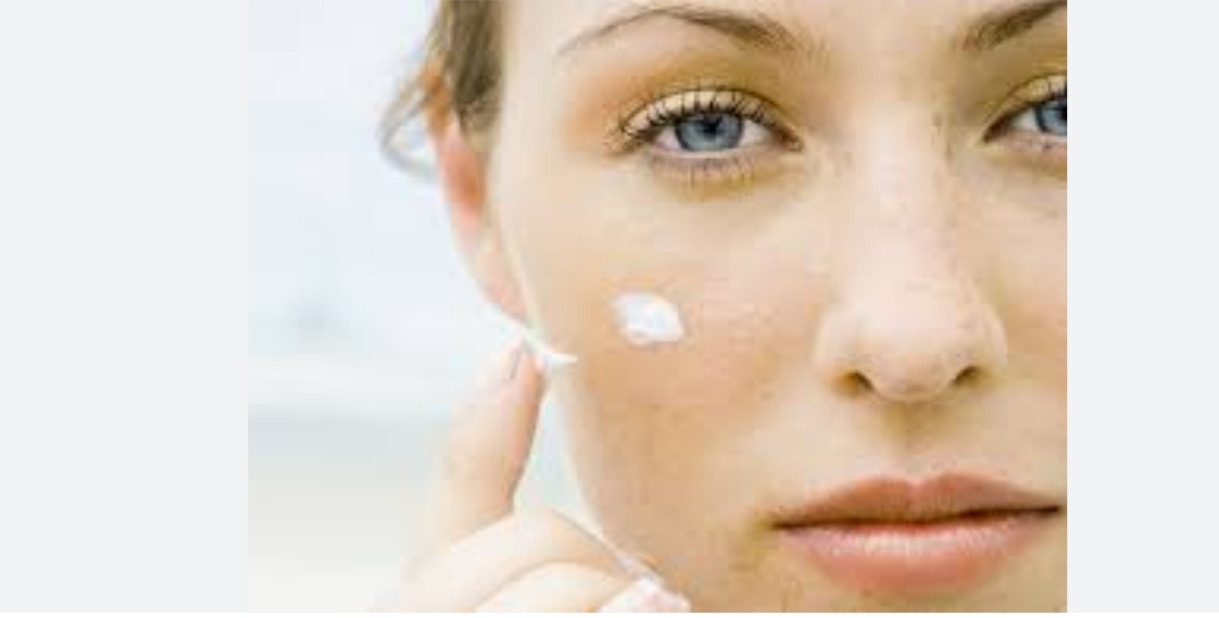Category: Skin Care
-
-
Vitamin c serum
What to look for in a vitamin C serum To make sure you get the best return on your investment, here are a few things to keep in mind: Skip creams spiked with vitamin C and instead choose a serum, which is more effective at Additionally, there are several forms of vitamin C—and not all…
-
The Secret Of Penis Skin Care In 2023
Smooth Penis Skin: Why It’s Important and How to Get It Silky smooth penis skin is what most men hope to have. A touchably soft penis invites intimate touch and excitement. It also shows that a man is healthy cares about his body. And when the penis is smooth, it’s more responsive to touch and…
-
Hydrocortisone cream for face
Hydrocortisone cream works better to combat acne when it’s combined with other treatments. In one older study, benzoyl peroxide coupled with hydrocortisone worked better to calm breakouts than benzoyl peroxide used alone. The combination treatment worked better, in part, because hydrocortisone counteracted the redness and irritation that benzoyl peroxide can cause as it dries out…
-
How To Restore Your Skin Microbiome In 2023
What is skin microbiome? The human skin has 1 billion microbes (bacteria) per square centimeter and that natural bacteria maintains the skin’s immunity and prevents pathogenic growths. Skin microbiome is a community of microorganisms that live together. It plays an important role in assisting our immune system to defend our body from pathogens. “When our microbiome…





